Our Services
Skintel bridges the gap between advanced technology and personalised care, ensuring you have a detailed understanding of your skin health.
Skintel bridges the gap between advanced technology and personalised care, ensuring you have a detailed understanding of your skin health.
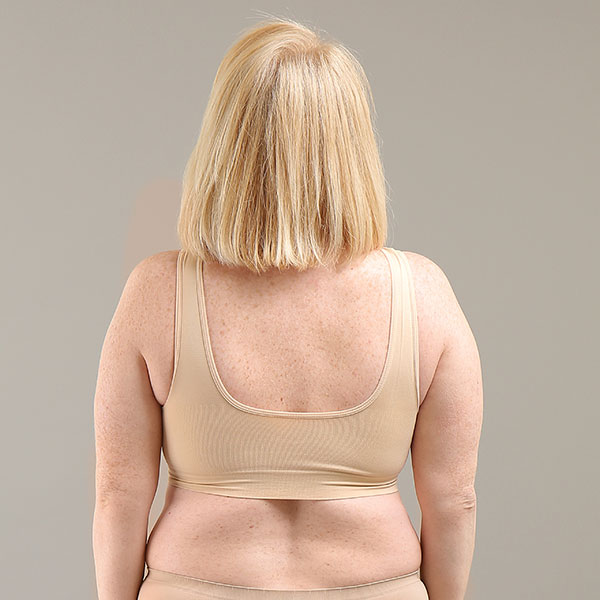
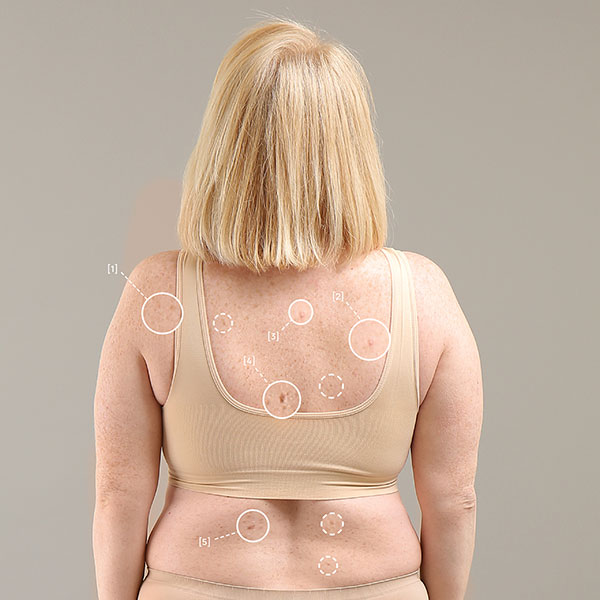
Your journey begins with a full body scan with our state-of-the-art Automated Total Body Imaging System:
After your total body scan, while you are comfortably gowned, our sophisticated body mapping software creates your Body Map.
The Body Map findings establish a baseline for further analysis.
You will receive a copy of your Body Map, which allows you to monitor your skin for changes between skin checks.
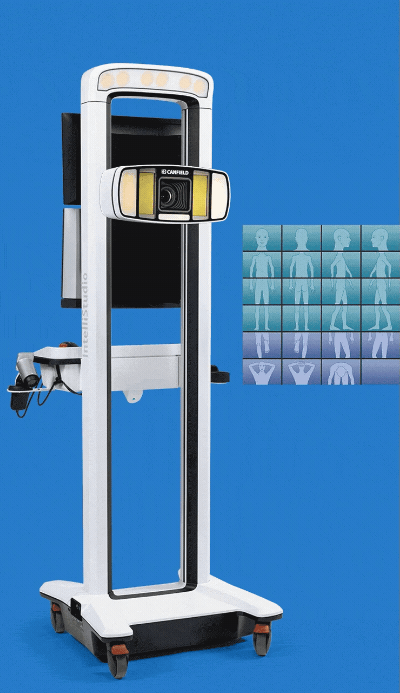





Your Body Map contains high-resolution images of all visible moles, but some may require an even closer examination using dermoscopy (epiluminescence microscopy).
Dermoscopy uses specialised light to visualise structures below the skin’s surface at up to 200X magnification, revealing vast amounts of information about a mole that is invisible to the naked eye. If you imagine being in a boat and unable to see into the water, dermoscopy is like putting on polarised sunglasses to enable you to see the fish below.
Our melanographer will use a handheld device to assess the mole painlessly. You will be fully gowned and only need to uncover the mole briefly.

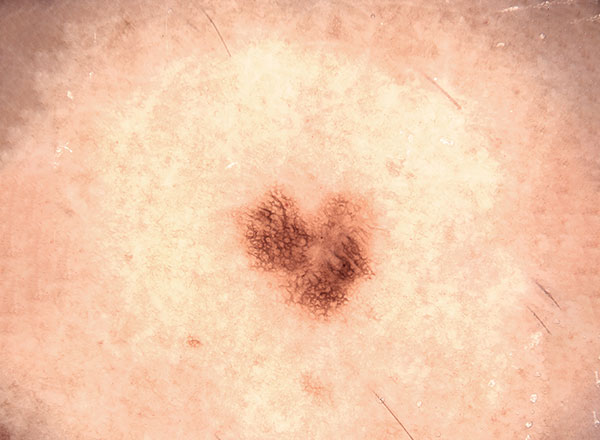
By this point, most moles have been found to be normal.
If some of your moles are still suspicious, it is time for an optical biopsy (confocal microscopy).
Optical biopsy uses a laser beam to delve into your skin and reveal its inner structure in 3D. It has a magnification of 550X, which allows us to see individual skin cells! Detailed imaging and video of structures within your skin enable our doctors to assess moles for cancer instantly. If dermoscopy is like looking through the water with polarised sunglasses, an optical biopsy is snorkelling to explore the fish and coral up close.
The biopsy involves our melanographer gently placing the device (confocal microscope) on your skin. The process only takes several minutes, and you will be fully gowned, only needing to uncover the mole briefly.
Traditional biopsy has many drawbacks. It involves cutting into the skin to remove tissue for analysis at a pathology laboratory. It is not ideal to use invasive procedures that leave scars, particularly on areas of the body where they are easily visible, such as the face. You must take time off from work and leisure activities to recover from the procedure. During this period, you must manage your dressings and keep the wound dry to avoid complications. Additionally, you will require a 1-2 week follow-up appointment to remove the stitches. It is also slow to get results, often 1-2 weeks, which can be a worrying wait.
Optical biopsy sidesteps these issues.
Supported by extensive medical research, optical biopsy offers a non-invasive, swift, and painless way to biopsy suspicious moles. This advanced technique drastically reduces the waiting time for results from days to minutes. It often eliminates the need for a surgical procedure, sparing you from scarring.
No. Our state-of-the-art confocal laser scanning technology ensures a comfortable, pain-free experience. Your skin remains untouched and unharmed, guaranteeing no discomfort during the procedure.
Our technology employs a long-wavelength laser light (830nm) that is gentle on your skin. No side effects are associated with this examination.
Yes, our versatile confocal laser scanning microscope can assess even the most delicate skin zones, including ears, nose and eyelids.
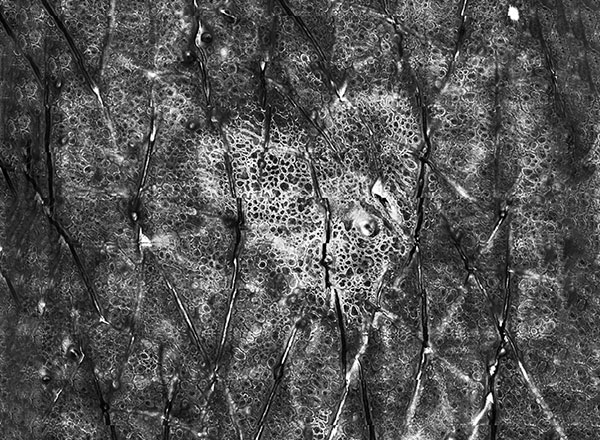
*While most lesions are suitable for optical biopsy, traditional surgical biopsies are still recommended for some lesions.
Behind the scenes, our skin cancer doctors carefully analyse your body map, dermatoscopic images and optical biopsy, considering every aspect of the findings.
Everything is double-checked. This culminates in a comprehensive evaluation of your skin’s condition, presented in a detailed report. Armed with our well-informed analysis, you have greater options for any required treatment and the freedom to choose your own specialist.




Suite 101, 566 St Kilda Road,
Melbourne, VIC 3004